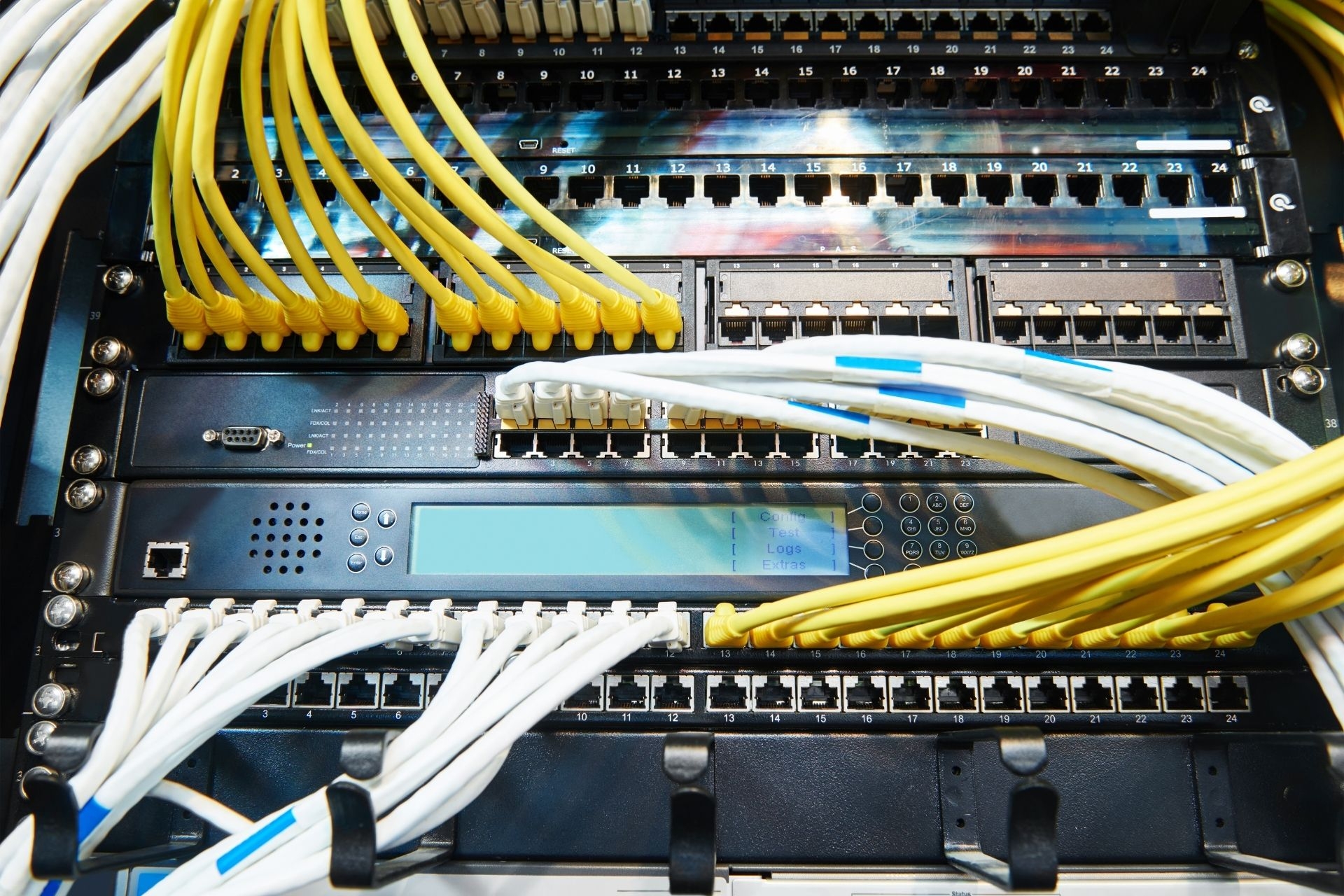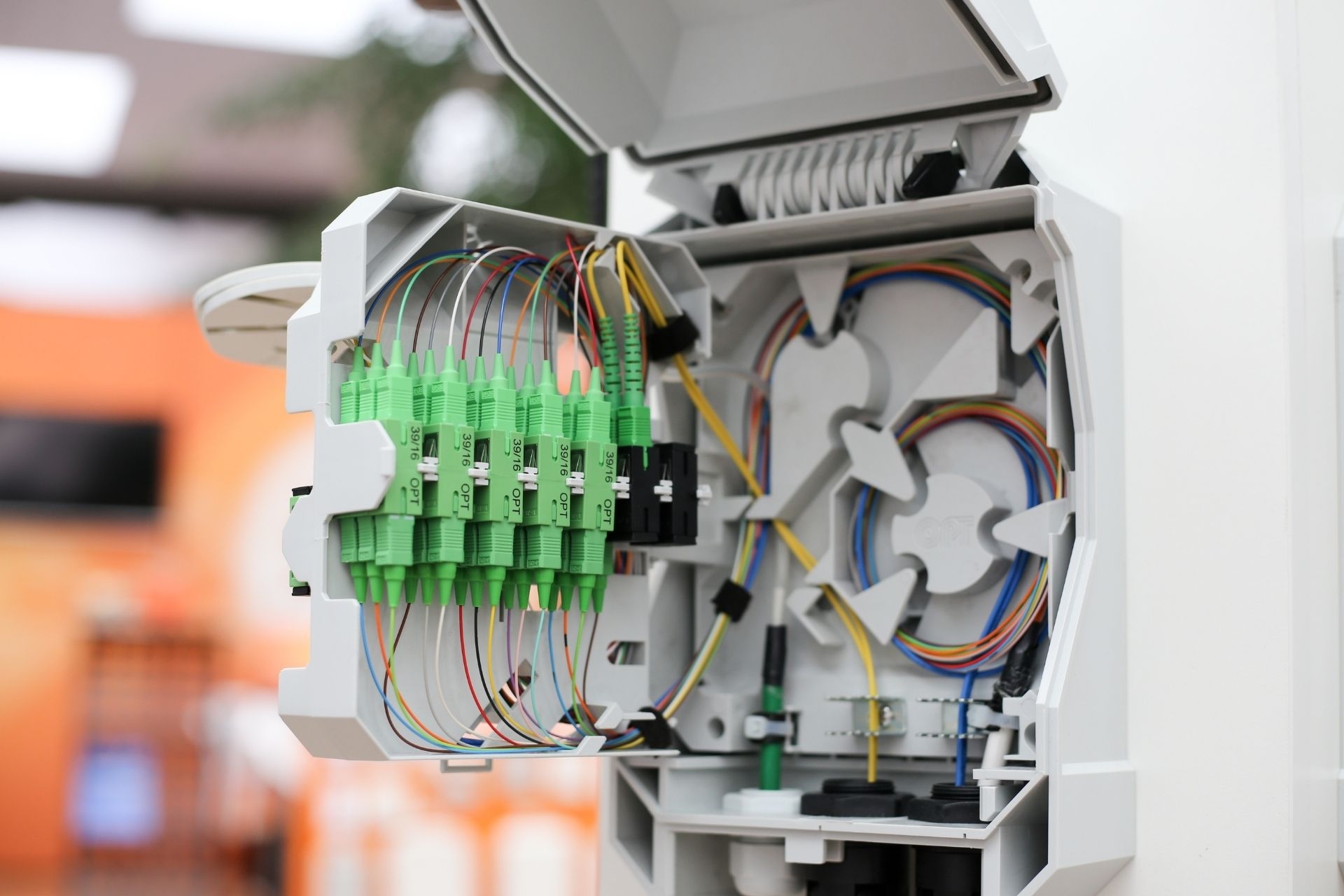Public Peering
What are the benefits of public peering for network operators?
Public peering offers network operators numerous benefits, including improved network performance, reduced costs, increased scalability, and enhanced network reach. By connecting directly to multiple networks at an Internet Exchange Point (IXP), operators can exchange traffic more efficiently, leading to faster data transfer speeds and lower latency for end-users.








